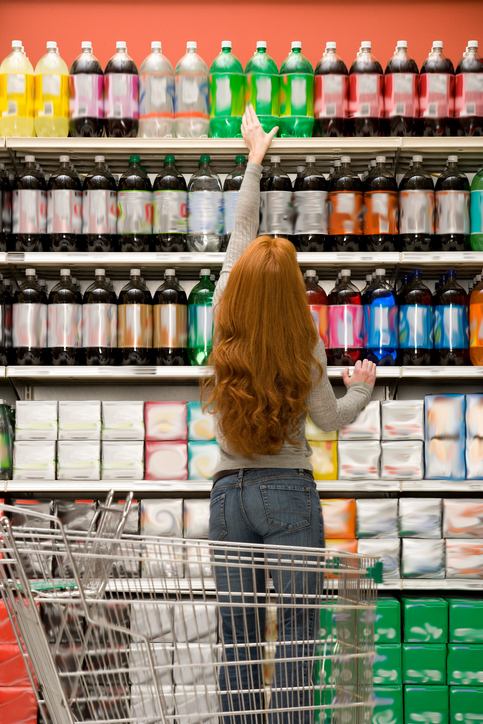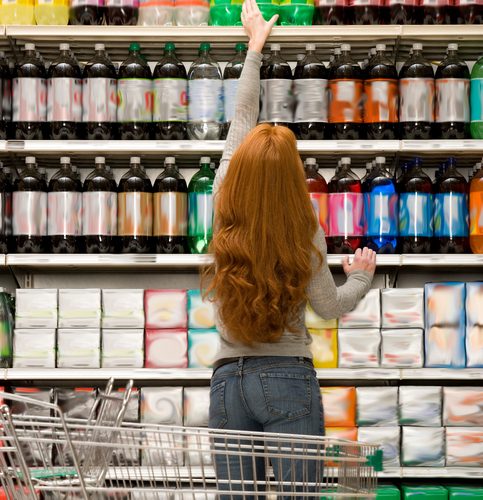
Keurig streamlined the coffee brewing process when they came out with their single cup coffee maker and K-Cup pods. SodaStream believed that their home soda maker and cartridges could be the next big thing. By 2010, the SodaStream home soda maker had gained popularity in Europe due to a few main factors: it was cheaper, it was more environmentally friendly and it was more practical for the European lifestyle. Many Europeans walk or bike to get groceries and it’s easier to transport small cartridges than bottles or cans of soda. Also, household fridges in Europe are smaller, so there is limited space for bulky soda containers. SodaStream seemed poised to be a hit in the U.S. as well, although there were some differences that were unaccounted for. For example: Soda consumption was in decline as more people realized the negative health impacts of being a habitual soda drinker. Americans are also more likely to buy in bulk at stores like Costco or Walmart, which eliminated the cost benefit of SodaStream. With bigger fridges and bigger cars, the storing and transportation of soda products was less of an issue. Having another countertop device and the process of exchanging CO2 canisters further negated the benefits of the product for many. The bubble burst on SodaStream in the U.S., as cultural differences ultimately limited the growth potential of the home soda maker.
Click Here to request a sample report.
Data sourced from a Verbatim custom report in 2012

